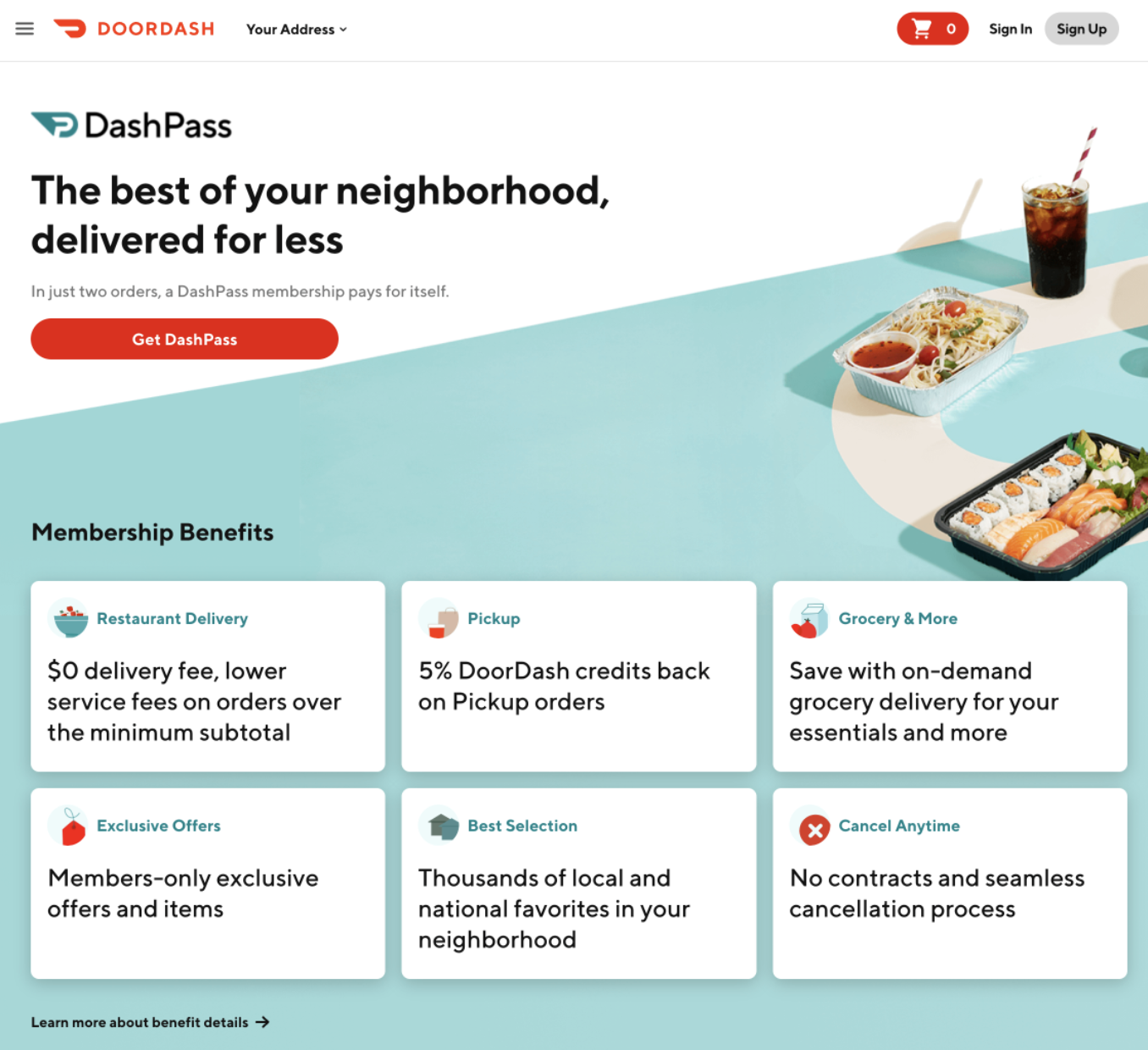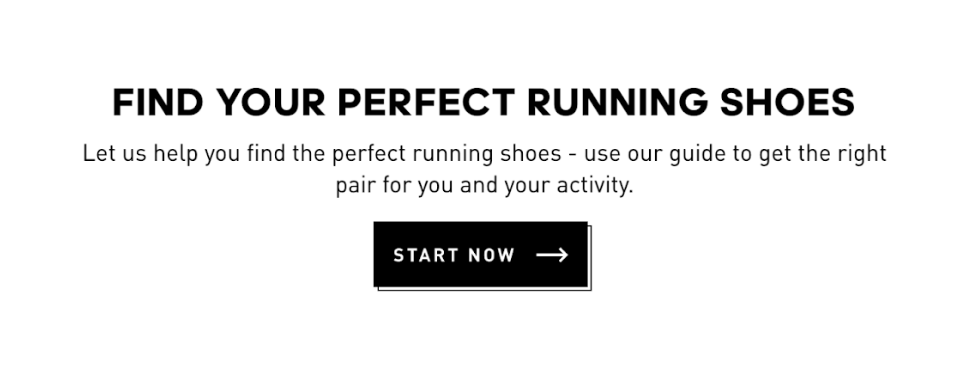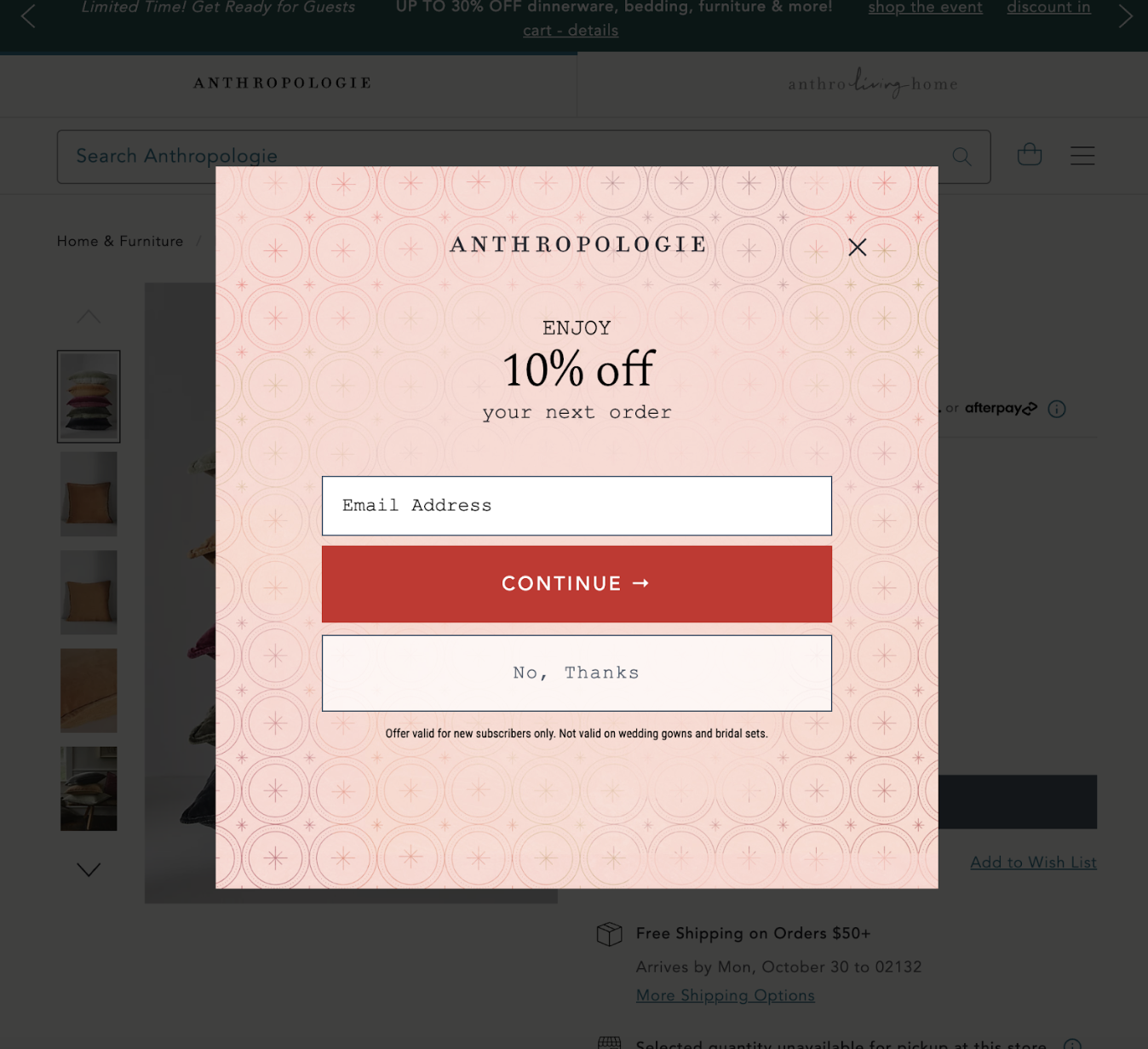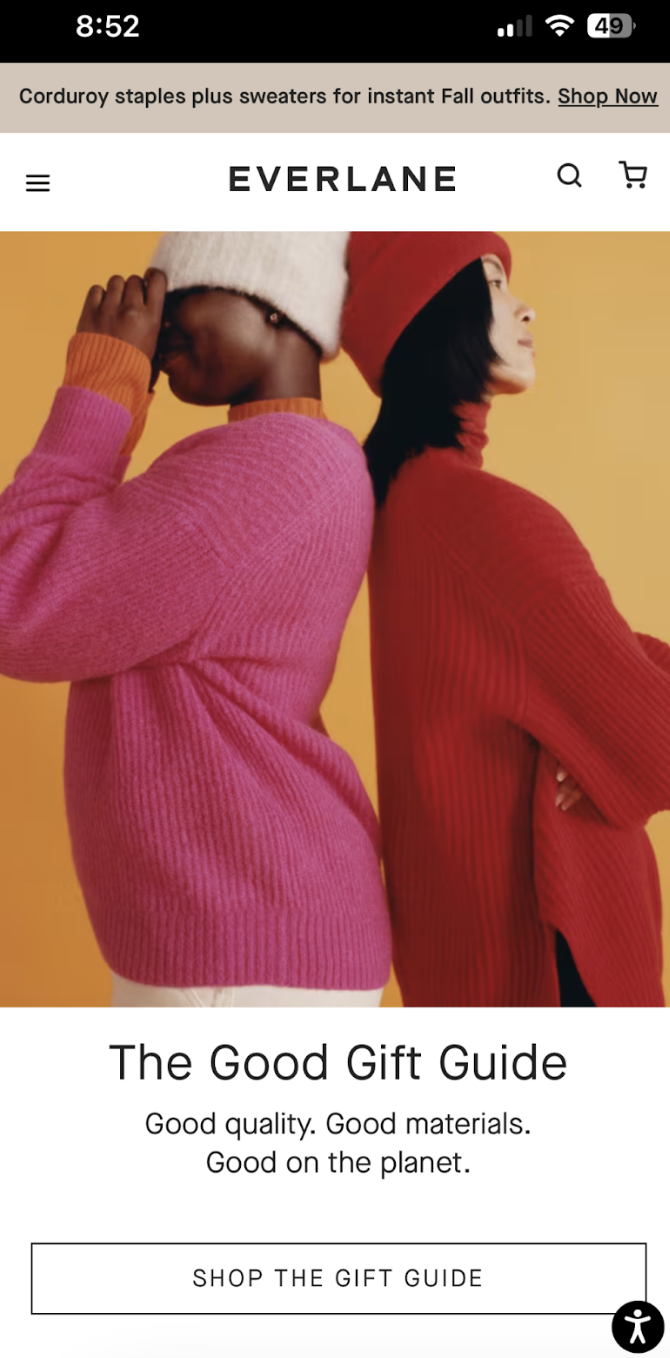8 Tips and Best Practices to Capture Leads
Capturing leads is crucial for every business, but the process can be difficult. This article will provide a guide for capturing and consolidating leads through various channels, including a website, social media, email, and more.
We’ll also explain how an AI-powered tool like Podium’s Webchat can help you capture more high-quality leads from your website.
What Is Lead Capture?
Lead capture refers to the process of collecting information about potential customers who have shown interest in a product or service to nurture and convert them into actual customers through effective follow-up communication and marketing strategies.
Lead capture can be executed through various methods, both online and offline. Common methods include:
- Social media
- Chatbots and live chat
- Events and webinars
- Contests and giveaways
- Content upgrades like ebooks
- Surveys and quizzes
Once the leads are captured, they are typically entered consolidated into a centralized Inbox and/or a Customer Relationship Management (CRM) system. From there, they can be segmented based on various criteria (like interests, location, or buying behavior) and engaged through targeted marketing efforts. Optimizing content and other lead-capturing processes in this way will help you generate high-quality leads.
Are Lead Forms Effective?
Lead forms are a common method for collecting contact information from prospects. Typically, a prospect can be convinced to fill out these forms in exchange for an offering, like a gated asset, free trial, or demo. Lead forms can also be as simple as a contact form. These can be embedded on websites, landing pages, emails, and ads on social channels.
While effective, some challenges must be addressed when using this method for capturing leads. For example, organizations must adhere to an increasing number of data protection and privacy regulations, such as GDPR or CCPA, when collecting personally identifiable information via lead forms like name, email address, and phone number. For example, to comply with GDPR, you must clearly state the purpose of collecting this information, get their opt-in consent, and provide a link to your privacy policy.
Also, consumers are increasingly looking for fast responses. For example, in a study by SuperOffice, nearly half of all customers (46%) expect companies to respond to their emails in less than 4 hours. 12% expect a response within 15 minutes or less. As a result, more businesses are implementing alternatives like web chat to meet this consumer expectation for speed and to capture leads.
How to Develop a Website Lead Capture Strategy
Follow the step-by-step guide to create a website lead capture strategy.
1. Define your target audience
To start, identify your ideal customers and their needs, interests, pain points, and preferences. This will help you understand what lead capture strategies will most likely be effective and tailor your content accordingly.
2. Select the right lead magnets
Lead magnets are offered to prospects in exchange for their contact information.
Lead magnets can be high-quality content that provides value to your target audience, like ebooks, whitepapers, webinars, checklists, templates, infographics, reports, and online courses.
But they can also be something else of value that prospects will give their contact information for, like a discount or free trial.
The “right” lead magnets will depend on your target audience.
3. Create high-converting landing pages
Create dedicated landing pages for different lead capture efforts. Ensure they have:
- clear and strategically placed calls-to-action (CTAs)
- persuasive language that encourages visitors to take action
- lead capture forms that are user-friendly and only ask for essential information
4. Integrate with a CRM
Connect your lead capture forms to a Customer Relationship Management (CRM) system to track leads more effectively. A CRM with email marketing capabilities is ideal because you can track and nurture leads using the same tool.
8 Tips for Capturing Leads Effectively
Use these tips to effectively capture leads and nurture them towards becoming valued customers.
1. Create compelling lead magnets.
To create compelling lead magnets, ensure they solve a specific problem or address a common pain point of your target audience. Communicate the benefits of the lead magnet in your CTAs and forms to entice visitors to exchange their contact information for it.
Also, consider what formats will work best for your audience. For example, would they prefer an ebook or a template? A free trial or a discount? An online course or webinar?
Finally, use lead magnets on various channels. In addition to using them on your blog and other parts of your website, try experimenting with them on LinkedIn and other social channels.
Key takeaways for creating compelling lead magnets:
- Tailor them to your audience’s pain points or interests
- Use clear messaging
- Offer a variety of formats
- Place them on your blog, landing pages, social channels, and other places
2. Optimize landing pages.
You can optimize your landing pages for lead capture in several ways. To start, ensure it has a clear value proposition. Meaning, clearly communicate what you’re offering and why visitors should be interested. Like any other content on your site, the value proposition should address a unique need or pain point of your target audience.
Also, keep the focus on what you’re offering and a primary call-to-action, like “Download Now.” To do so, you may need to remove unnecessary content, links, and navigation options.
Doordash’s landing page for DashPass exemplifies these best practices. Its value proposition at the top of the page is clear and concise, the CTA is action-oriented, and the rest of the page is focused on additional membership benefits to persuade visitors to sign up.

Finally, you can optimize your landing pages by adding web chat and forms. In addition to providing prospects with immediate assistance or answers to common questions, web chat can also help convert them to a lead by getting them to provide their contact information. For example, you can program a chatbot to offer the option to schedule a demo in a variety of workflows, which will require their contact info.
Or you may use a solution like Podium Webchat, which immediately converts the conversation to text so it doesn’t end when prospects leave your site and so that you automatically have their name and phone number. See Webchat in action on your site.
Key takeaways for optimizing landing pages:
- Have a clear value proposition
- Minimize distractions
- Add forms and web chat
3. Minimize form fields.
If a form requires visitors to fill out too many fields, then they may abandon the form. Minimizing the number of fields can help you capture more leads and improve the overall experience.
To do so, only ask for information that is necessary for your current lead generation and marketing goals. For example, for the first touchpoints with prospects, you may only need an email address.
You can then use progressive profiling to gradually gather more information from return visitors over time. With standard form fields, the same fields appear every time the form is loaded. That means you may be asking the same visitor to fill out the same information over and over again. With progressive fields, you can replace fields that a contact has already filled out in an earlier form with new ones. Or you can pre-populate those fields with known values and add the new progressive fields to the bottom of the form. This will allow you to learn more about your leads over time without asking them the same questions or asking for too much information at one time.

Key takeaways for minimizing form fields:
- Prioritize essential information
- Use progressive fields to get more lead information over time
4. Use attention-grabbing CTAs.
Make your CTAs attention-grabbing to capture more leads. Use verbs that encourage action, such as “Download Now,” “Sign Up Today,” or “Get Started.” Also, try to use language that conveys a sense of urgency or exclusivity, like “Get This Limited Time Offer” or “Register to Save Your Spot.”
In addition to the copy, you can also use design elements to make your CTAs more prominent on the page. For example, using contrasting colors can make CTAs pop against the background. Other visual cues like an arrow or hover animation can direct the visitors’ attention to your CTAs.
Here’s an example of a strategically placed CTA with attention-grabbing visual details from Adidas:

Key takeaways for using attention-grabbing CTAs:
- Use action-oriented language:
- Create a sense of urgency
- Use color and other design elements to make them pop
5. Leverage exit-intent popups.
Exit-intent popups can be a highly effective way to capture lead information from visitors who are about to leave your website.
To make them effective, you must provide a compelling reason for visitors to provide their contact information, such as a discount, a free resource, a limited-time offer, or access to exclusive content. The benefit of this offer should be communicated using concise and persuasive language.
Attention-grabbing images or graphics can also help draw the visitor’s attention to the popup. Anthropologie, for example, uses a screen overlay and color and texture to make its exit-intent popup stand out.

Finally, ensure the trigger lines up with a behavior that indicates a user’s intention to leave. For example, you can set the pop-up to appear when the user moves their cursor towards the browser’s exit button.
Key takeaways for leveraging exit-intent popups:
- Offer an enticing lead magnet, special discount, or other offer
- Clearly state the benefit of providing their contact information
- Get the timing right
6. A/B test your strategies.
To effectively capture leads, you have to A/B test your strategies to understand what works best for your audience. Experiment with different elements on your landing pages, forms, exit-intent popups, web chat, and content upgrades to see what performs best. This might include testing different headlines, layouts, CTA buttons, colors, images, form fields, form triggers, copy length, and more.
However, it’s important to limit the number of variables in your A/B tests. Consider testing only one element to understand how it affects your intended audience’s behavior. If that isn’t feasible, try to limit each test to 2-4 variables.
Based on this data and feedback, you can continuously refine your lead capture strategies.
Key takeaways for A/B testing:
- Continuously test variations of your landing pages, forms, and CTAs
- Limit the number of variables per A/B test
- Use data to make informed decisions and changes
7. Provide social proof.
Showcase testimonials, case studies, and other types of social proof can help you build trust and credibility, which are essential for converting prospects into leads. Sharing user-generated content like reviews can be particularly persuasive.
Review software and tools like Google Review Link Generator can help you generate customer reviews quickly and easily.
Key takeaways for providing social proof:
- Use testimonials and case studies to establish trust and credibility
- Show user-generated content (tools like Podium can help!)
8. Ensure mobile responsiveness.
You want to ensure that your landing pages, emails, and other lead generation content are optimized for every user, no matter what device they’re using. So make sure your landing pages are responsive and look good on all devices to prevent any lost conversion opportunities for mobile users. When testing this content on mobile and other devices, make sure it displays properly and loads quickly.
Some best practices for making your designs mobile-friendly are to simplify and declutter the layout so that only the most important content remains. You also want to ensure your CTA buttons and form fills are “thumb friendly,” meaning they’re large enough for easy tapping on mobile screens.
Everlane’s homepage is a great example. Currently, it directs mobile visitors to one primary CTA — “Shop the Gift Guide” — which is wide enough for easy tapping. The text and navigation bar is minimal and the image size and quality are also optimized for mobile.

Key takeaways for ensuring mobile responsiveness:
- Test how content displays and loads on all devices
- Simplify layouts
- Make CTAs and forms easy to click and fill in
Capture and Convert Leads With Podium
Podium’s lead generation solution includes several tools to attract and capture leads, including:
- An AI assistant: With Podium’s AI Assistant, you can respond to customers and leads faster, generate call summaries, automatically respond to email leads, and write messages and campaigns about marketing promotions, appointment confirmations, and review invitations in bulk — all in half the time.
- Webchat software: With Podium’s Webchat, you can generate up to 11x more inbound leads from your website. Unlike other web chat solutions, Podium Webchat is text-based. That means when a website visitor initiates a conversation, it is converted into a text thread so you can continue the conversation even after they navigate away from your site.
Want to see how it will work for your business? Start a free trial.
Lead Capturing FAQs
Q: How do you capture leads in marketing?
A: Effective strategies for capturing leads in marketing include email marketing, webinars, and other events, chatbots, and online tools like quizzes.
Q: Where can you capture leads?
A: You can capture leads in various places and through different channels, including websites, social media, email, events, and blogs.
Q: What does it mean to capture leads?
A: Capturing leads is the process of identifying and gathering information about potential customers who have expressed interest in your products or services. This allows you to nurture and engage with them, eventually converting them into paying customers. Lead capture can take various forms, such as subscribing to newsletters, participating in webinars, downloading ebooks, entering contests, or attending events.
Get started today
Ready to grow? Scale your business with an AI-powered lead conversion platform.







